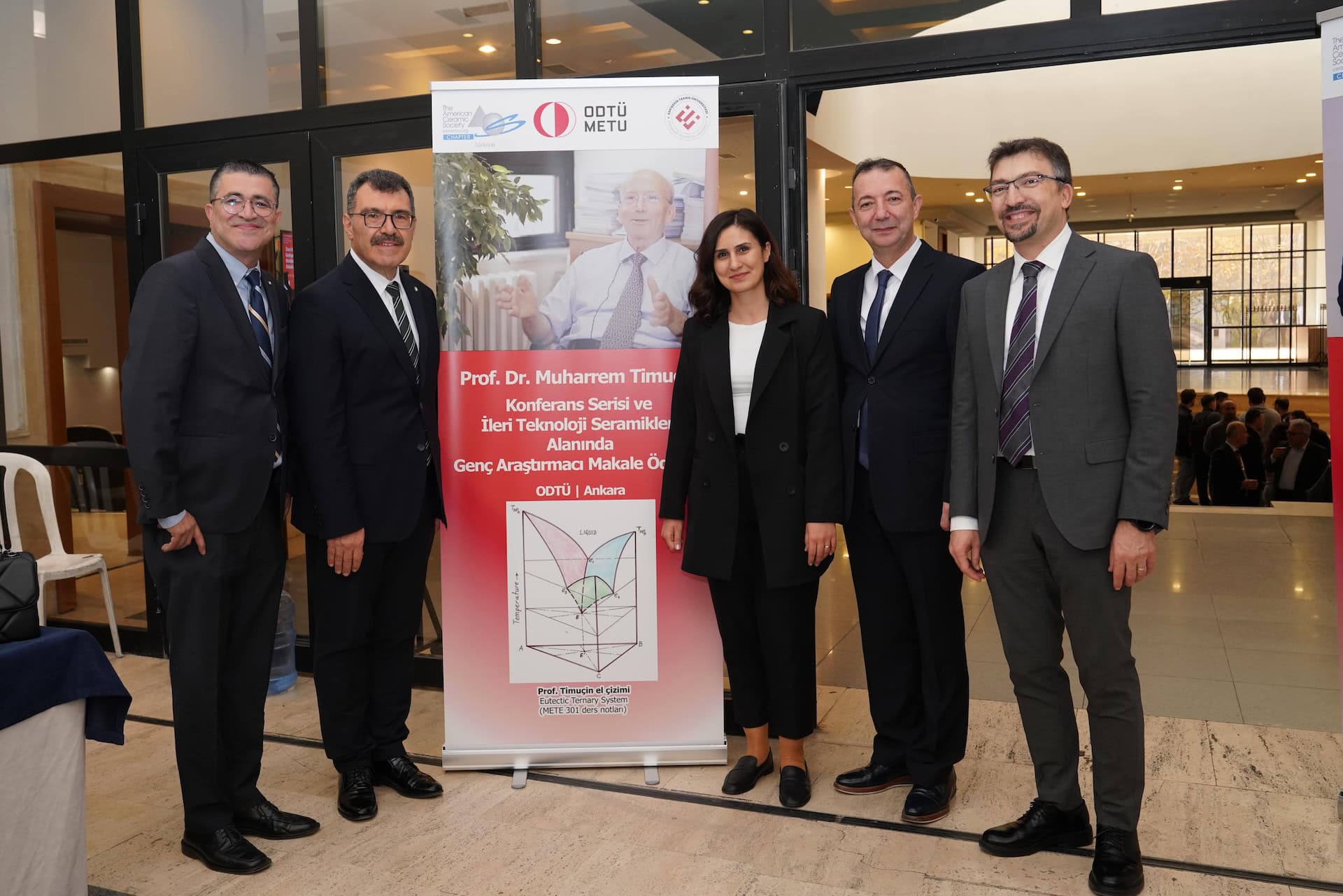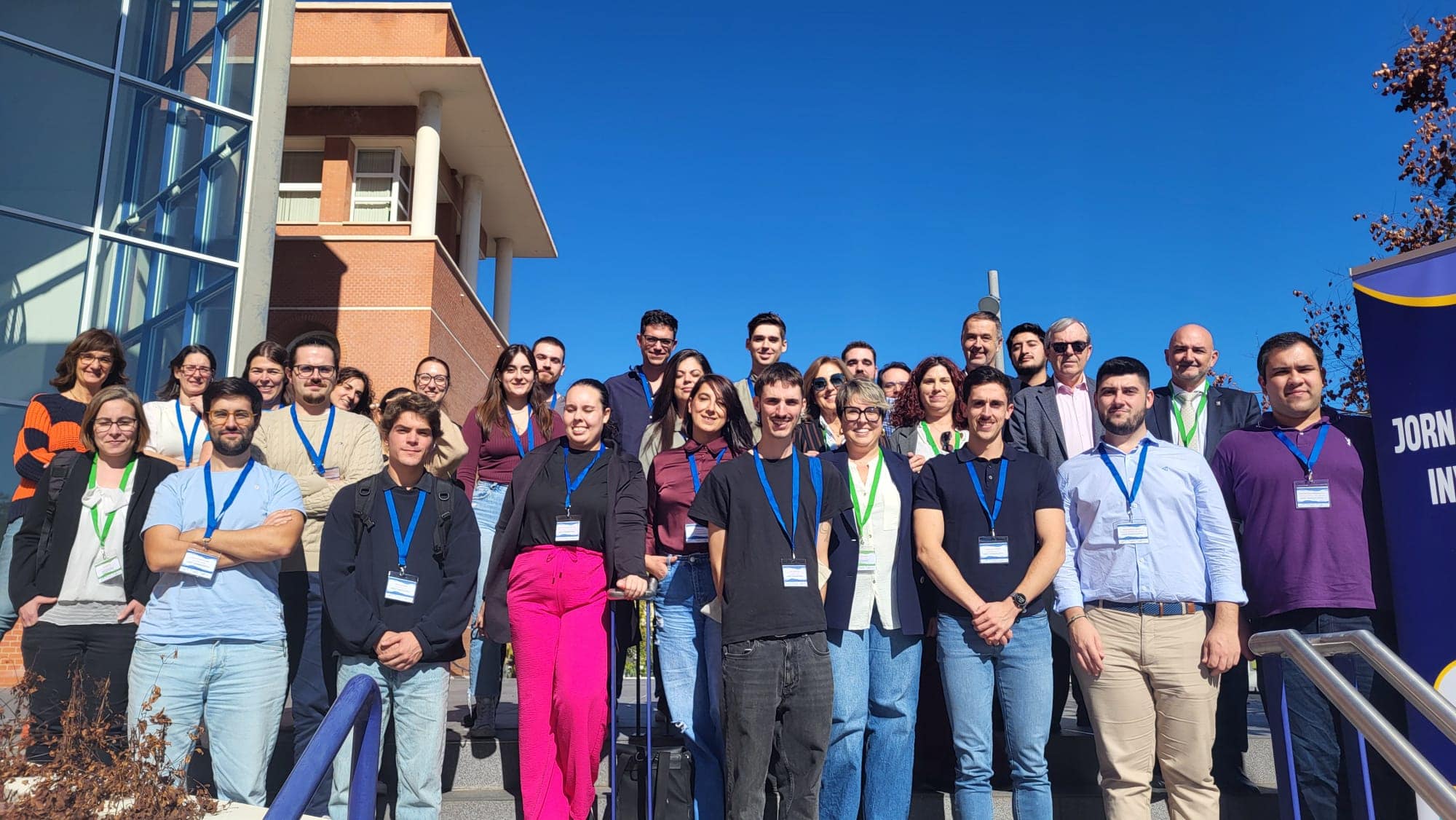
[Image above] Colloidal processing of mullite with alumina fibers results in good matrix infiltration with tight packing of the fiber bundles. Credit: Simon, International Journal of Applied Ceramic Technology
Composites are combinations of two or more different materials designed and fabricated to take advantage of the best properties of each component along with favorable interactions among them. Composites are ubiquitous today. From plywood and pressed board to glass-reinforced resins and high-tech graphite epoxies, composites are used in many industries and applications.
Often composites are composed of a matrix and a filler. The matrix and the filler can be composed of metals, polymers, or ceramics. Fillers are typically used to strengthen and stiffen the matrix material, as is the case with glass-filled resins, though some can be used to impart other properties, such as sound dampening, as is the case for layered composite metal panels.
One major challenge of metal and polymer matrix composites is upper use temperature, which is limited by phase changes or reactions. Ceramics can fulfill the temperature requirements, but brittleness and strength can limit their applicability in high-stress environments, such as aerospace engines. Thus, one key area of ceramic matrix composites (CMCs) is enhancement of toughness.
This month’s selection of articles for ACT @ 20 highlights the applied research over the past 20 years to understand and enhance the properties of various types of CMCs. In “SiC matrix composites: Nonbrittle ceramics for thermo‐structural application,” the authors describe engineering the matrix, fiber, and interlayer, which enhances the bonding of the matrix and the fiber to promote crack deflection and enhance oxidation.
As its name suggests, “Ceramic matrix composites: A challenge in space‐propulsion technology applications” focuses on developing materials and fabrication processes for reusable space vehicles. In addition to development of fiber winding techniques, the authors describe nondestructive testing used to characterize fabricated parts.
Extending nondestructive testing to in-situ measurement of part failure is the goal of “Electrical resistance as a nondestructive evaluation technique for SiC/SiC ceramic matrix composites under creep‐rupture loading.”
In “Fatigue of three advanced SiC/SiC ceramic matrix composites at 1200°C in air and in steam,” the authors explore the effects of composition, fabrication, and test environments on cyclic strain and modulus over thousands of loading–unloading cycles.
As you may notice from these titles, silicon carbide is among the most popular matrix materials for CMCs. However, alternate materials are explored for their oxidation resistance and potential for low-cost processing, such as in “Progress in processing and performance of porous matrix oxide/oxide composites.” Here the authors used lamination techniques similar to those for polymer matrix composites with colloidal mullite suspensions that are highly engineered for particle sizes and pH, among other factors. The resulting CMCs retained high mechanical properties even after high temperature aging.
For more information, please visit the ACT @ 20 page and ACT on Wiley Online Library.
Articles for Ceramic matrix composites
Author
Jonathon Foreman
Spotlight Categories
- Journal and Bulletin Updates


